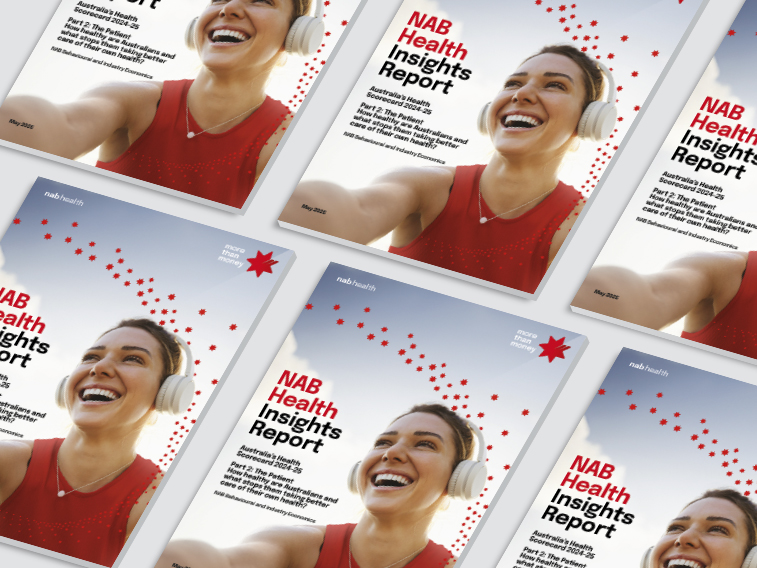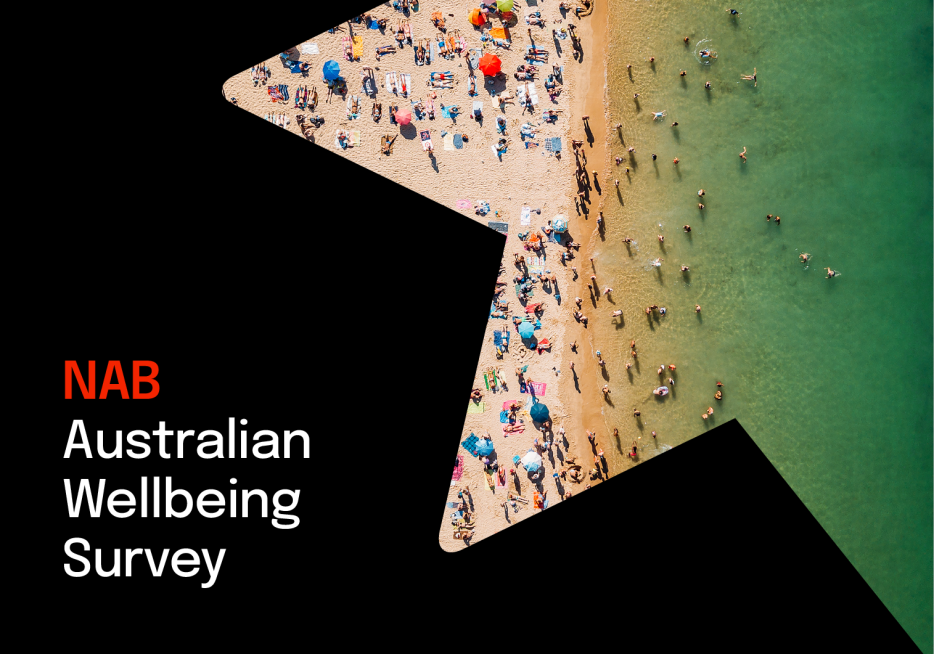The NAB Health Wellbeing Index rose to 64.8 pts in Q4 2020 (from 63.9 pts in the previous quarter). Despite the ongoing challenges from COVID-19, Australians rated their wellbeing above the survey average (64.5 pts) for the first time since Q3 2019, albeit Victoria drove the more positive result. Wellbeing actually fell in all states except Victoria, where it jumped sharply (up 6.1 pts to 65.6) as the state emerged from a long period of lockdown. Victorians reported big improvements in life satisfaction, life worth and happiness, and lower anxiety.
NAB Head of Behaviour Economics Dean Pearson said, “There is mounting evidence that the COVID-19 pandemic has significant impacts on mental health and wellbeing, but it is encouraging to see some aspects of wellbeing rebound when life returns to some sense of normality.”
Wellbeing improved for Australians in all income groups in Q4, except the lowest group (less than $35,000 p.a., down 1.3 pts to 59.6), who also reported a significant uplift in anxiety. Money clearly helps, with the highest income group (over $100,000 p.a., 66.9 pts) reporting the highest wellbeing. Home ownership also seems to improve wellbeing, with Australians who live in their own house (68.6 pts) or apartment (67.5 pts), reporting much higher wellbeing than those who rent.
Anxiety fell for the third consecutive quarter, after rising steeply during the COVID outbreak in Q1, but 4 in 10 Australians continue to report “high anxiety”. New NAB research reveals over 4 in 10 (43%) Australians felt they needed help for their emotions, stress or mental health over the past 3 months. This climbed to over 6 in 10 (63%) women aged 18-29 (who also reported the highest and rising levels of anxiety in Q4). Of those Australians who needed help, only 1 in 2 (51%) received it. Men over the age of 65 were by far the least likely to have reached out for help (36%).
NAB Specialised Business Bank Executive Health, Kate Galvin noted, “Even before COVID-19, mental health conditions were prevalent, but the pandemic has only increased demand for scarce mental health services.”
Family and friends (60%), GPs/doctors (57%) or other health professionals (43%) are the key sources of help. Around 1 in 10 (9%) people turned to a support line (e.g. Lifeline) or a religious group (7%). Young men are much less likely to turn to professionals for help. Almost 9 in 10 (87%) 18-29-year-old men who needed help, leaned on family and friends for support, compared to 57% of young women, who were much more likely to turn to their GP/doctor or other health professionals.
The survey also reveals that men in all age groups typically rate their health higher across all aspects of health (emotional, physical & social) than women. This gap is most prevalent in the 18-29 age group, particularly for emotional health.
Over 1 in 2 (54%) people who said they needed help but did not receive it, did so because they believed they could manage the issue on their own, while 4 in 10 (40%) were uncomfortable asking for help. For 1 in 4 Australians, the issue was cost (26%), or being embarrassed or afraid of being stigmatised (26%), or simply because they did not know where to get help (24%). Other reasons include feeling uncomfortable with possible treatment (15%); or not wanting support (14%).
Get all the insights in the NAB Health Australian Wellbeing Survey – Q4 2020 or listen to our podcast where Kate Galvin, Executive of NAB Health and Dean Pearson unpack the survey results. If listening on a mobile device, click listen in browser.
*Since 2013, NAB has been producing a quarterly Australian Wellbeing Index. The survey is based on responses from over 2,000 Australians and weighted to be representative of the Australian adult population by state, gender, age and other key demographics and was taken between December 11-20, 2020.




